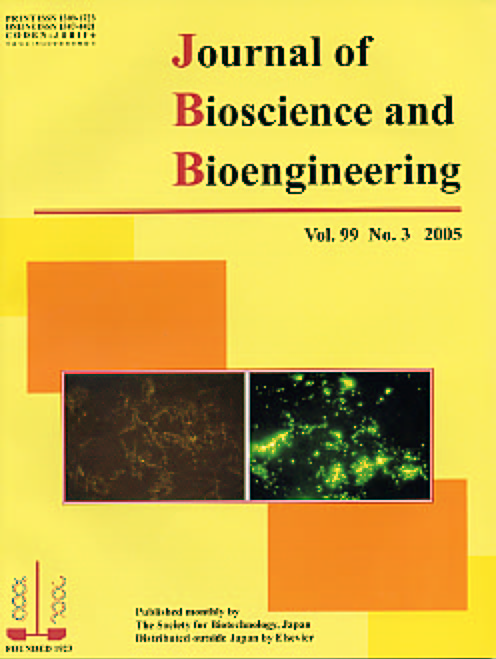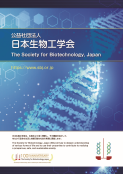Journal of Bioscience and Bioengineering Vol. 99, No. 3 (2005)
Vol. 99, March 2005
Epifluorescence micrographs of anaerobic sludge.
Tyramide signal amplification (TSA) system was used in combination with a conventional fluorochrome-labeled 16S rRNA oligonucleotide probe to increase the sensitivity of fluorescence in situ hybridization (FISH), which is frequently used in various fields of microbiology. The fluorescence signal of the probe obtained using the TSA system (right panel) was much higher than that obtained in the absence of the system (left panel), indicating that the TSA-dependent technique is readily applicable to the in situ detection of microbial communities, for example, in anaerobic sludge.
Related article: Jupraputtasri, W., Cheevadhanarak, S., Chaiprasert, P., Tanticharoen, M., and Techkarnjanaruk, S., “Use of fluorochrome-labeled rRNA targeted oligonucleotide probe and tyramide signal amplification to improve sensitivity of fluorescence in situ hybridization“, J. Biosci. Bioeng., vol. 98, 282-286 (2004).
⇒JBBアーカイブ:Vol.107 (2009) ~最新号
⇒JBBアーカイブ:Vol. 93(2002)~Vol. 106(2008)



.gif)